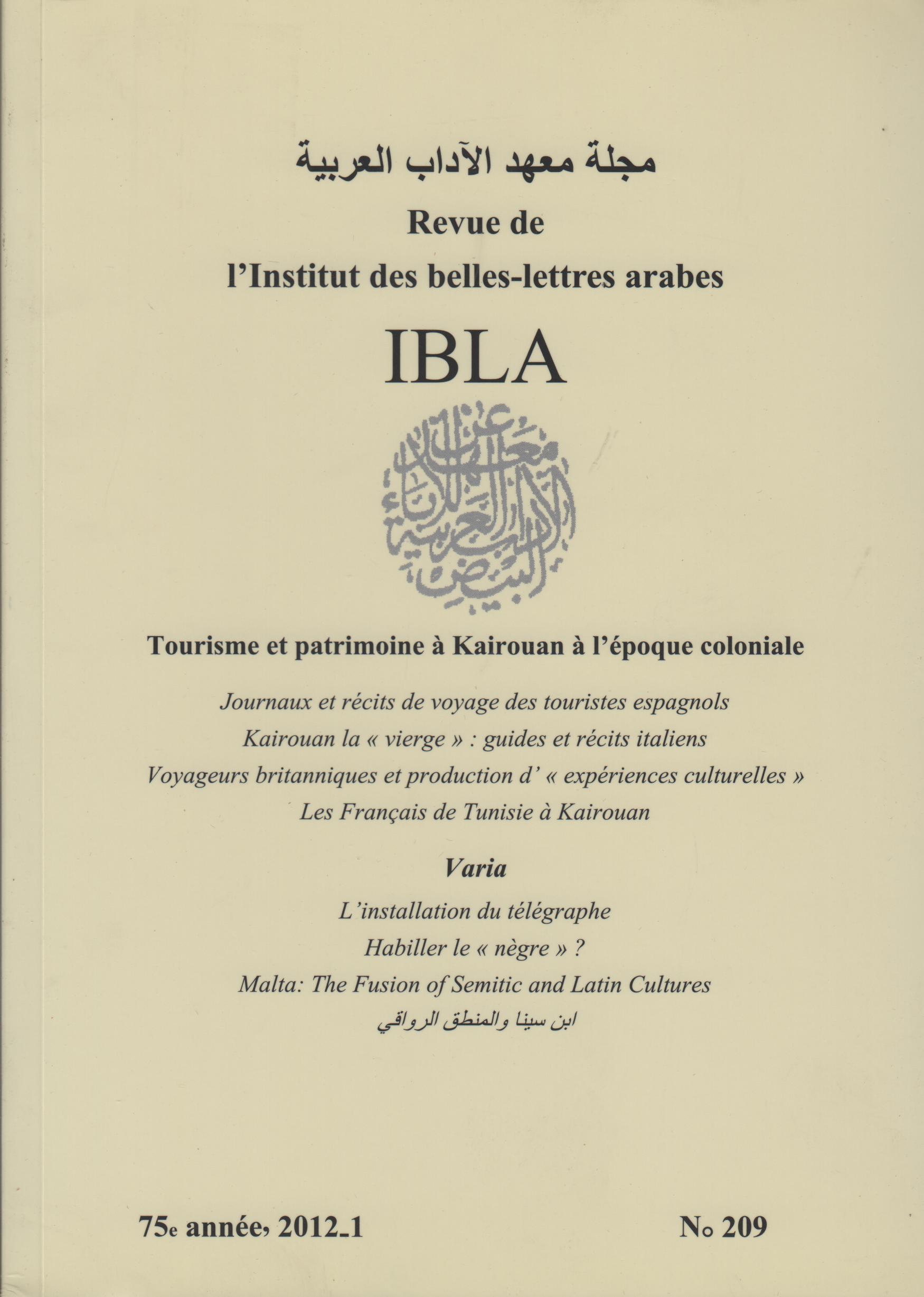The Fusion of Semitic and Latin Cultures in the Language and Literature of Malta
Abstract
The history of the island of Malta is formed of a long series of periods characterised by the political and cultural influence left on the land and its inhabitants by foreign rulers. An uninterrupted legacy of about seven thousand years is essentially made up of the fusion of two great cultures, both made to coexist in various ways and to leave an indelible mark. The ancient temples as much as the architectural patrimony left by the Order of Saint John are a unique example of how two eminent cultural traditions have harmoniously formed the national identity of a tiny island standing midway between two continents. The most remarkable document of this complex identity is the Maltese language, originally derived from Arabic and eventually enriched through contacts with Italian and Sicilian.






